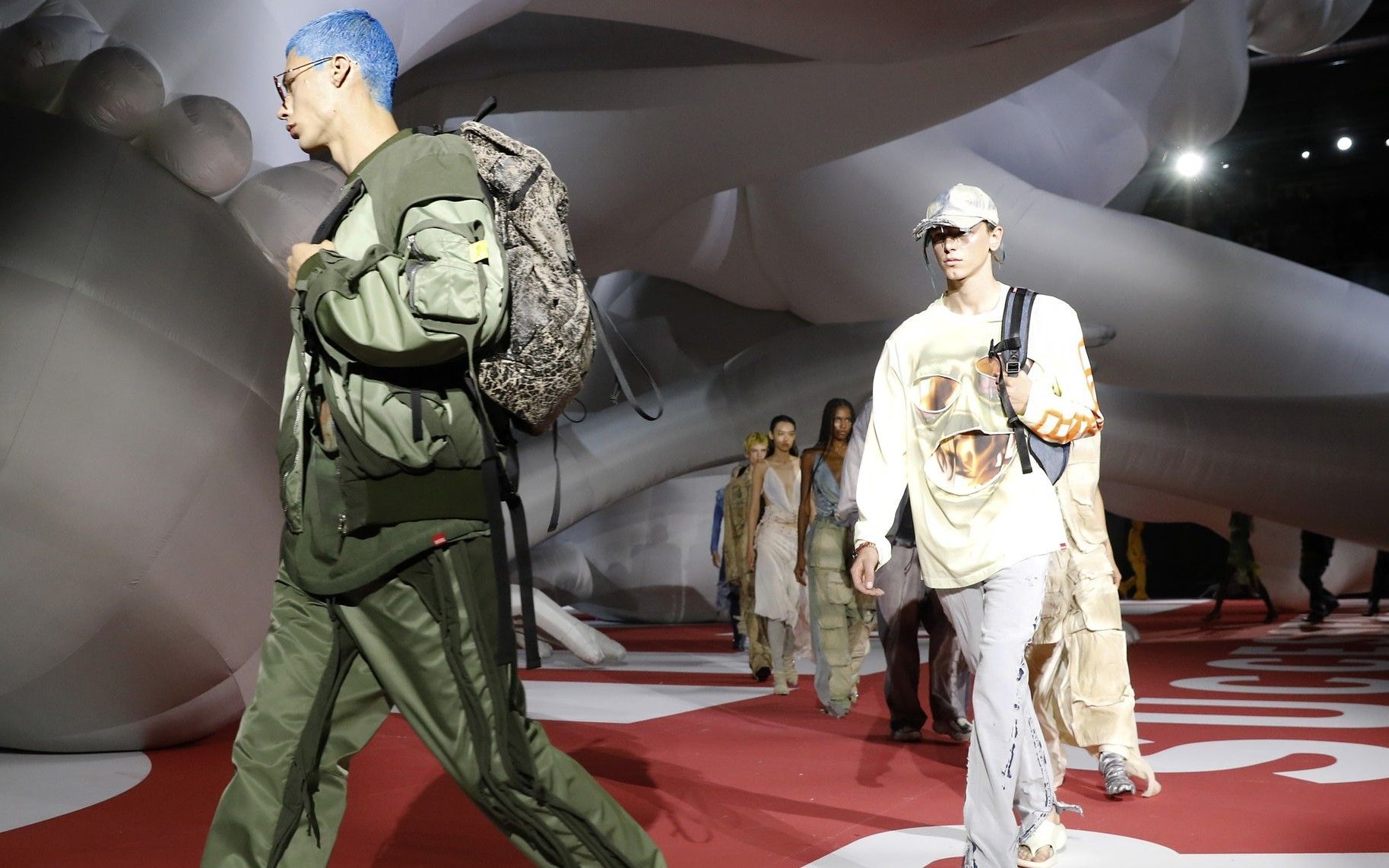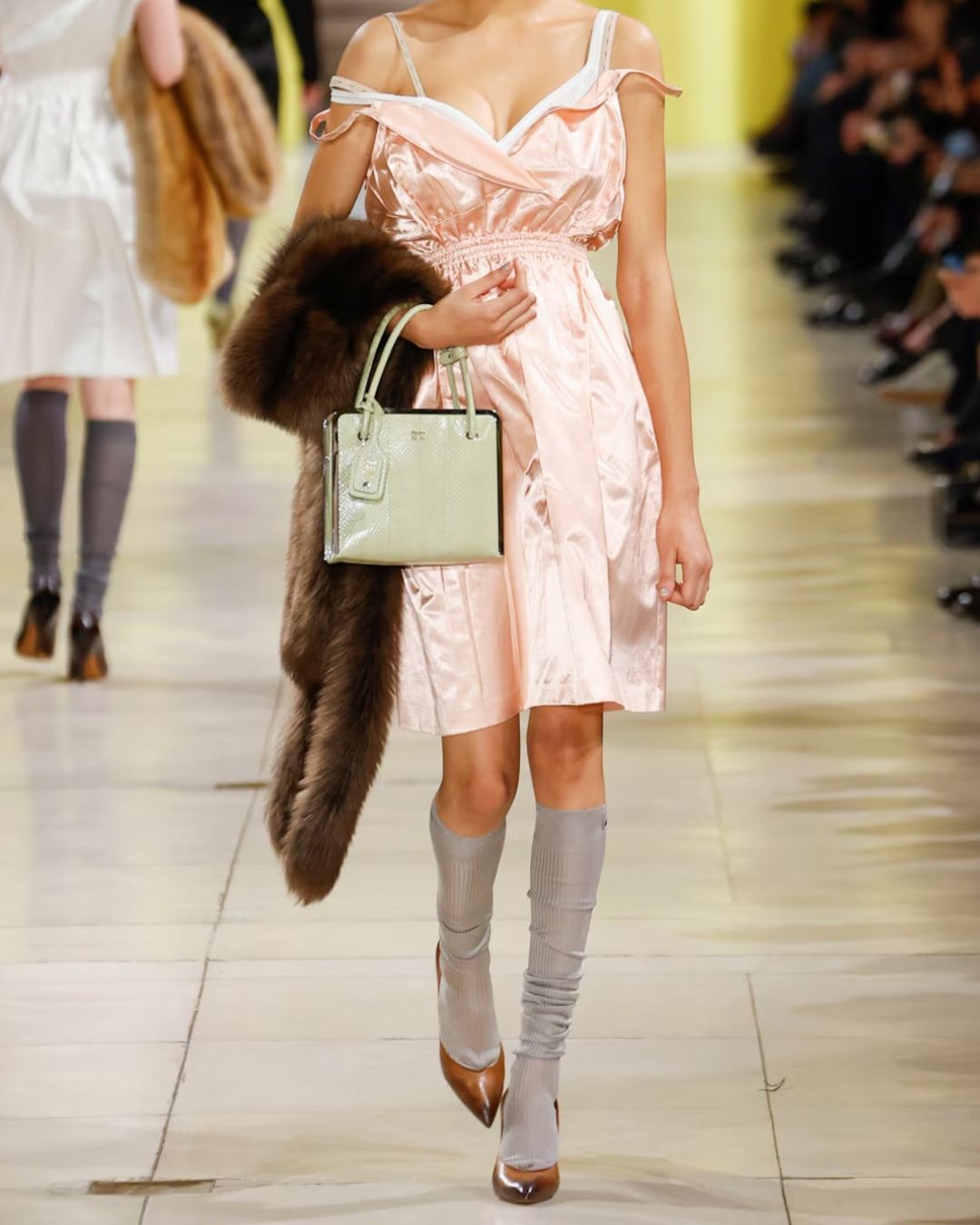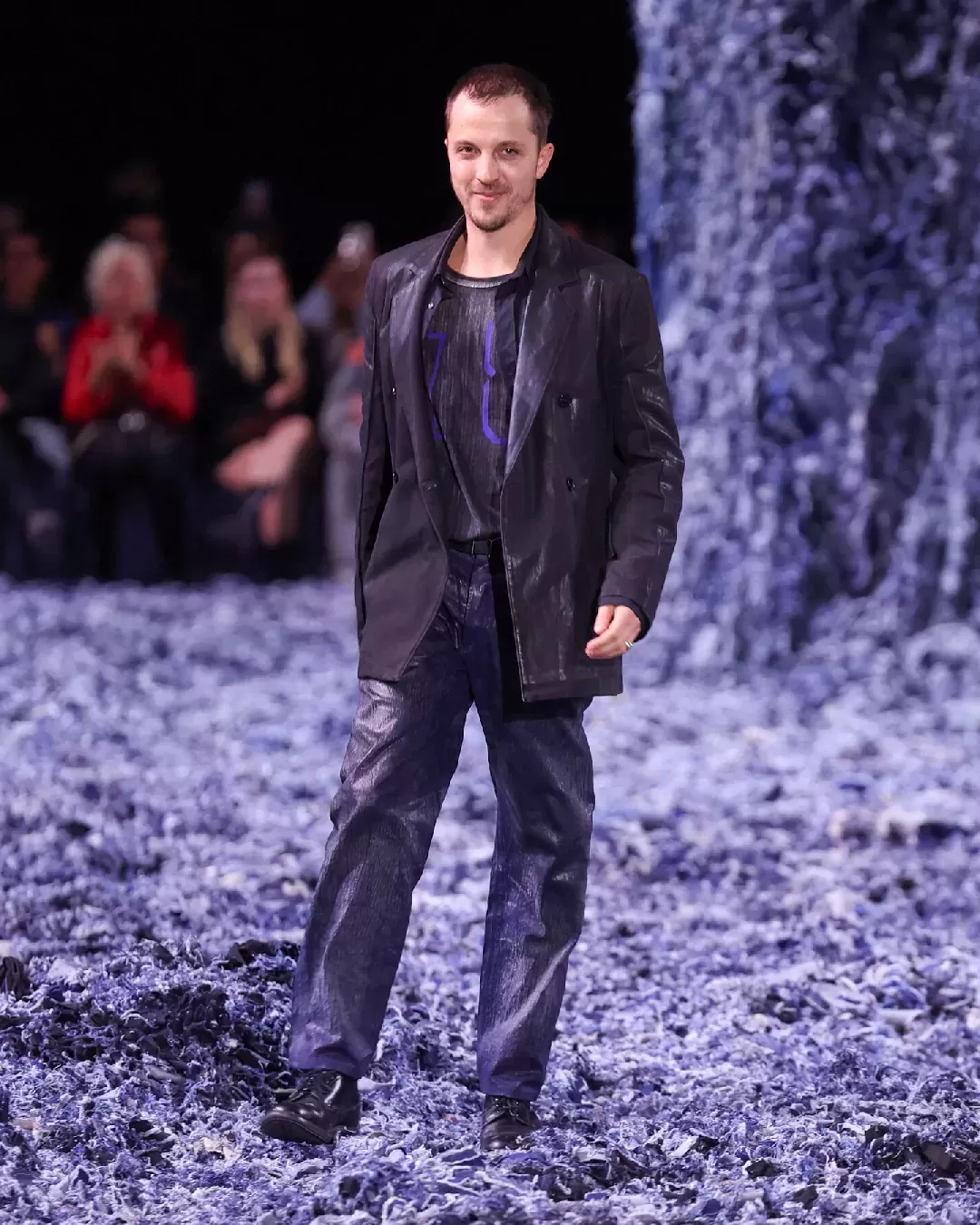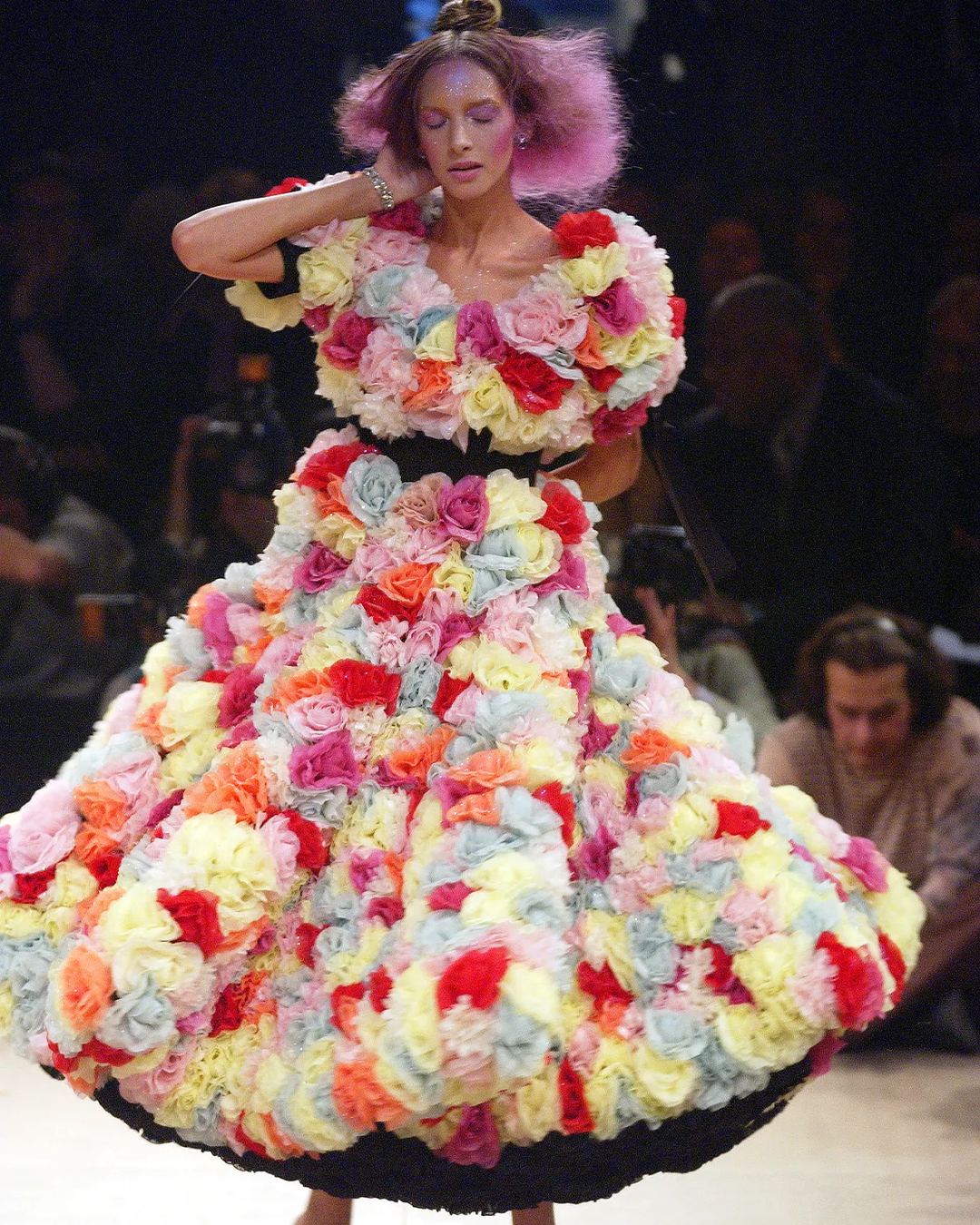
What if true luxury is the alternative to luxury? How Diesel is disrupting the narrative of traditional fashion
Today saw the release of the annual report of the OTB group, to which a variety of brands including Marni, Jil Sander, Maison Margiela and Diesel belong. The results for 2022 are positive: a turnover of 1,743 million euros and thus 14% higher than in 2021, 73 new stores opened, sales up 12%, and a luxury segment up 32%. Reading through the report, there is a matter of nomenclature that stands out: if in fact Marni, Jil Sander and Maison Margiela turn out to be part of the group's luxury segment, Diesel is mentioned as "alternative to luxury." The decision to define the brand headed by Glenn Martens as alternative to luxury is reflected in the history and also in the positioning of the brand, which has always been moderately priced compared to mega-brand offerings and also a relatively young target audience. Without saying how much the brand actually grew over the year, the report speaks of a «path of repositioning» and of an «evolutive phase» in which the brand finds itself. Which makes a lot of sense considering how since Martens' arrival the brand has been building a new identity, especially visually, but gives one pause when one considers that right from the beginning of this journey, the brand has actually behaved like a luxury brand while technically just being an alternative to it. Beloved runway shows at Milan Fashion Week, numerous red carpets (most recently at the BRIT Awards), equally numerous appearances in high-profile editorials - functionally speaking, the brand is in the same league as other luxury names, but if on a theoretical level it is "alternative to luxury," could it be said to be inventing a new market category?
@studnioo Replying to @Rafał Kuliś Diesel jeans vs Diesel runway #foryou #runway #diesel #dieseljeans #fashion #fashiontiktok #fashioninspo #fashionhacks #outfit #outfitideas #outfitinspo sweet caroline but dark academia - mike hunt
In fashion, on the plane of external optics, the famous duck test, the logical abduction exercise summarized in the American proverb «If it looks like a duck, swims like a duck, and quacks like a duck, then it probably is a duck» always applies. Often, however, the truth of things is a bit more varied than that: there are self-proclaimed luxury brands that actually survive by selling only a pair of handbags or a shoe; there are others that are worn by elites but without any branding or quality that could fall into the luxury category; still others are far from being defined as luxury but in terms of craftsmanship and quality of materials (and in some cases even distribution partners) are superior to other and far more emblazoned brands. Ultimately what matters is market perception: if it looks like a luxury brand, then it is one. And this is precisely why the case of Diesel is interesting. For if more traditional luxury brands still remember with some fear (we presume) the period when the 1990s and early 2000s diffusion lines had diluted their precious logos almost to death, Diesel included, the very new course of the brand seems to want to subvert that equation of "big diffusion = big profits = big vulgarization." The metallic logo tank top produced by the brand, as well as its bags and belts, is a fixture among fashion lovers of young and very young age - but it also seems to enjoy a legitimacy that other brands whose names we will not name do not have in spite of great commercial achievements.
"Denim is definitely the heart of Diesel. On top of that, I think it has more and stronger complexity. Just as sometimes we go through countless attempts to achieve its unexplored complexity." — Glenn Martens, Diesel’s Creative Director, is profiled in the WSJ Magazine China. pic.twitter.com/DmKcIKBTlf
— Diesel (@DIESEL) August 7, 2022
Certainly this kind of new positioning, which is neither high street nor entry-level luxury, while looking very much like it, is also the result of a very complex strategy that goes through digital innovation and effective communication. From what we, externally, can assess, however, the positioning of "alternative to luxury" would seem to be based on a careful distribution of pricing across different product categories. In other words, one can buy basic products at prices slightly higher than the high street but still affordable for a very young clientele; but one can also buy higher-end products, such as leather suits or sophitsticately finished denim, paying prices that are certainly closer to luxury but still more controlled than those of traditional luxury, inflated to the limit by the current state of the economy. Diesel has managed, quite astutely, to be as comfortable among high schoolers, college students and very young clients; as among fashion week attendees and red carpet stars. Even more efficiently, it comes to say, than its stablemates who are instead part of the more overt luxury. That the future of luxury lies in alternatives to it? Diesel's repositioning will surely be an early indicator of this trend.















































